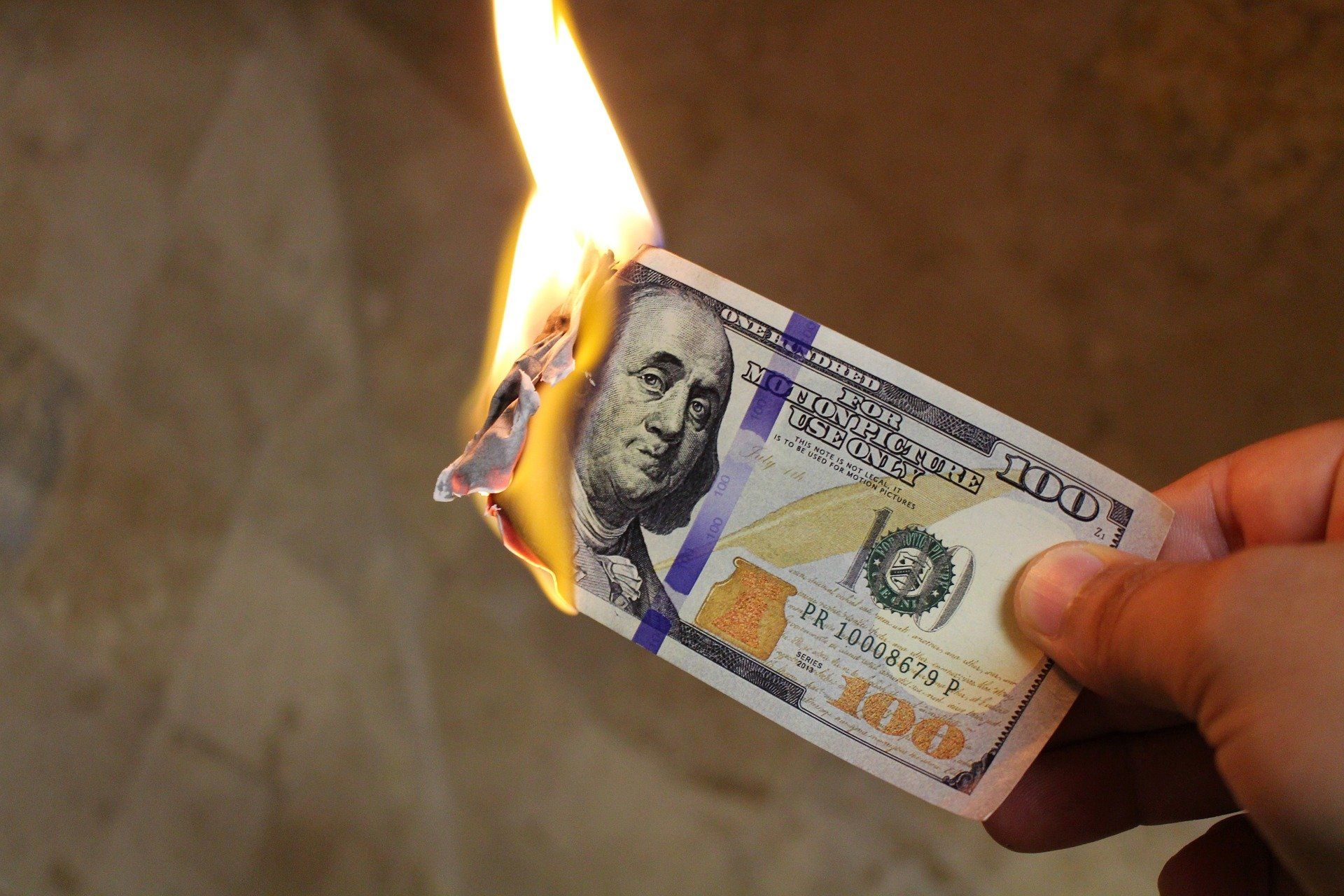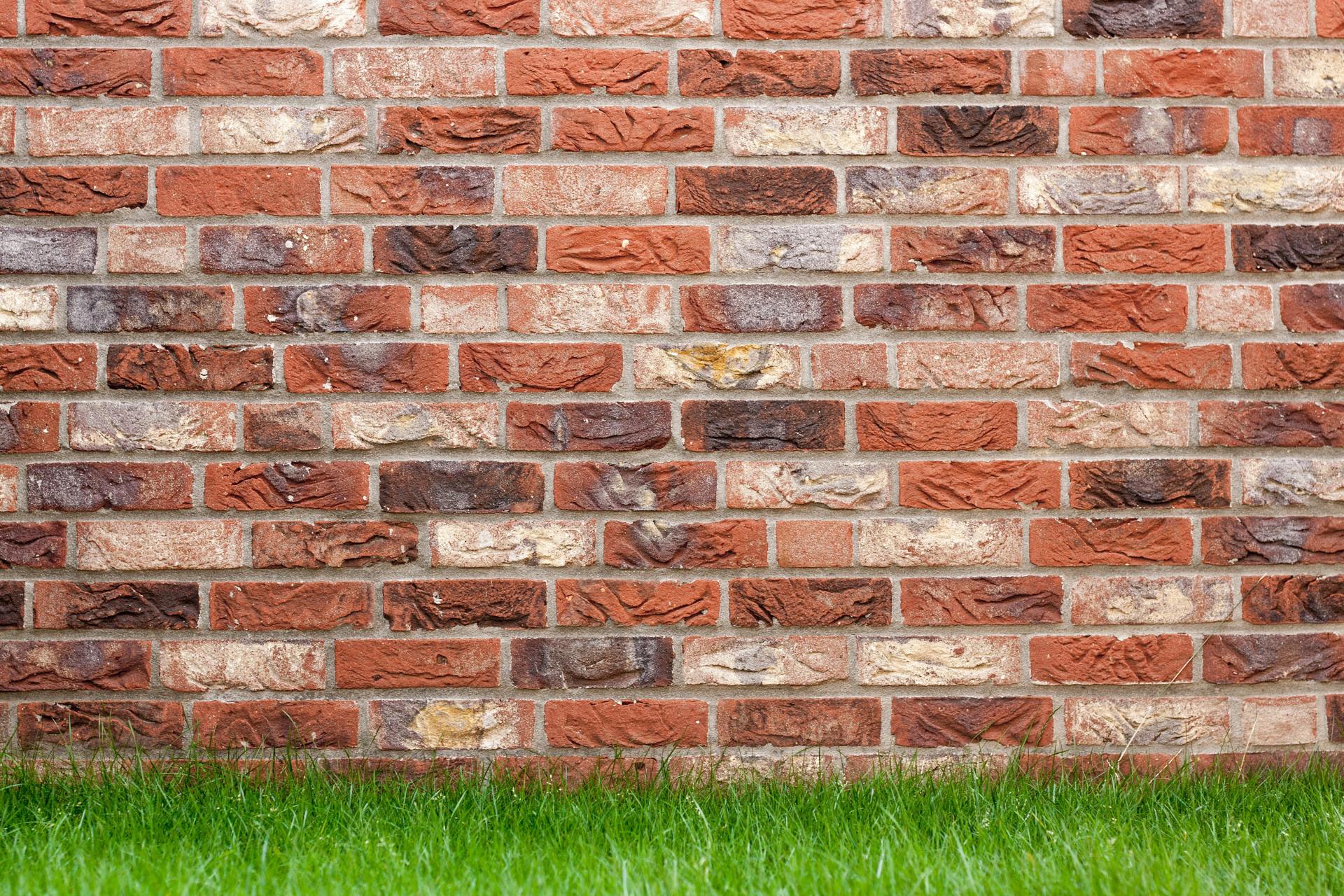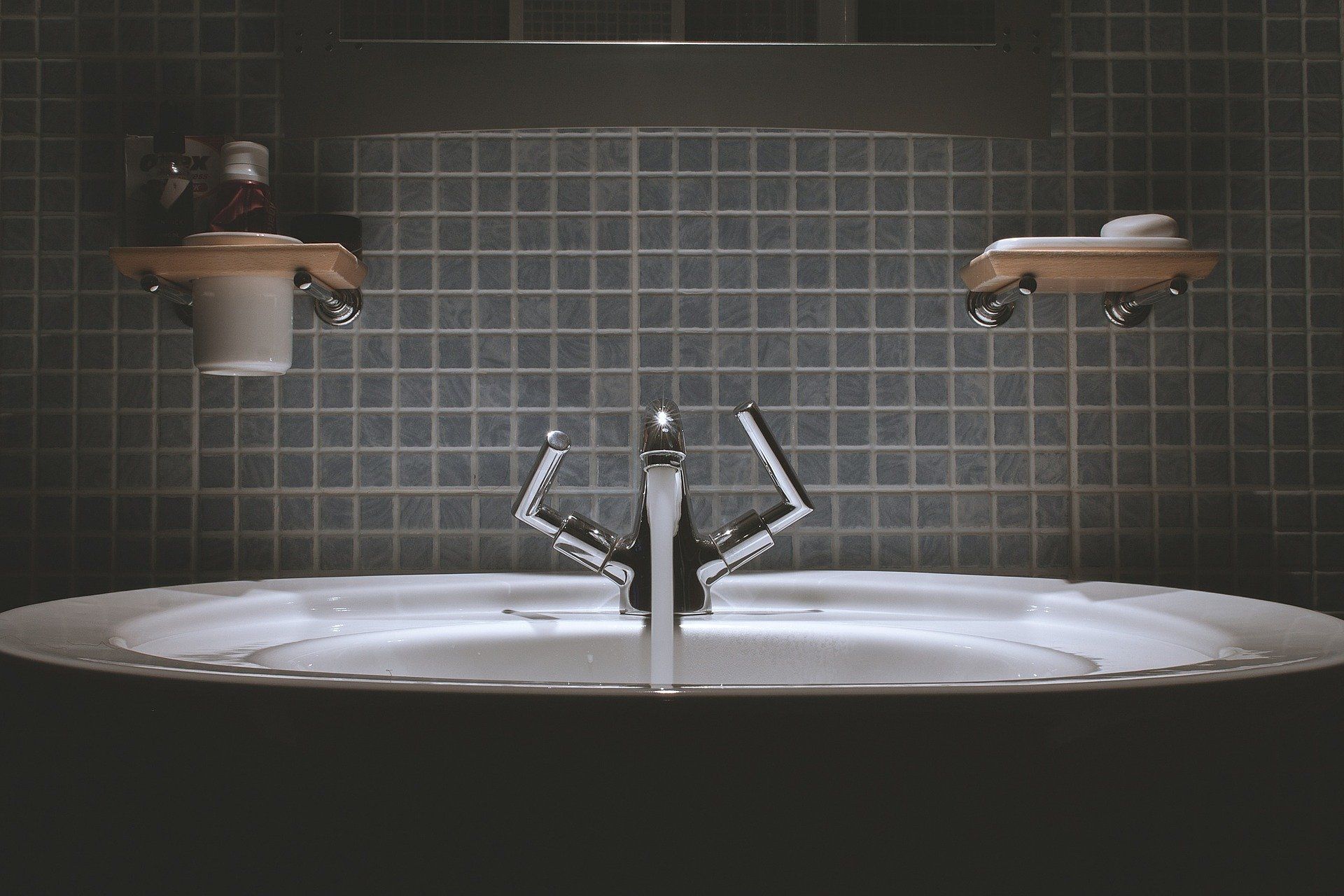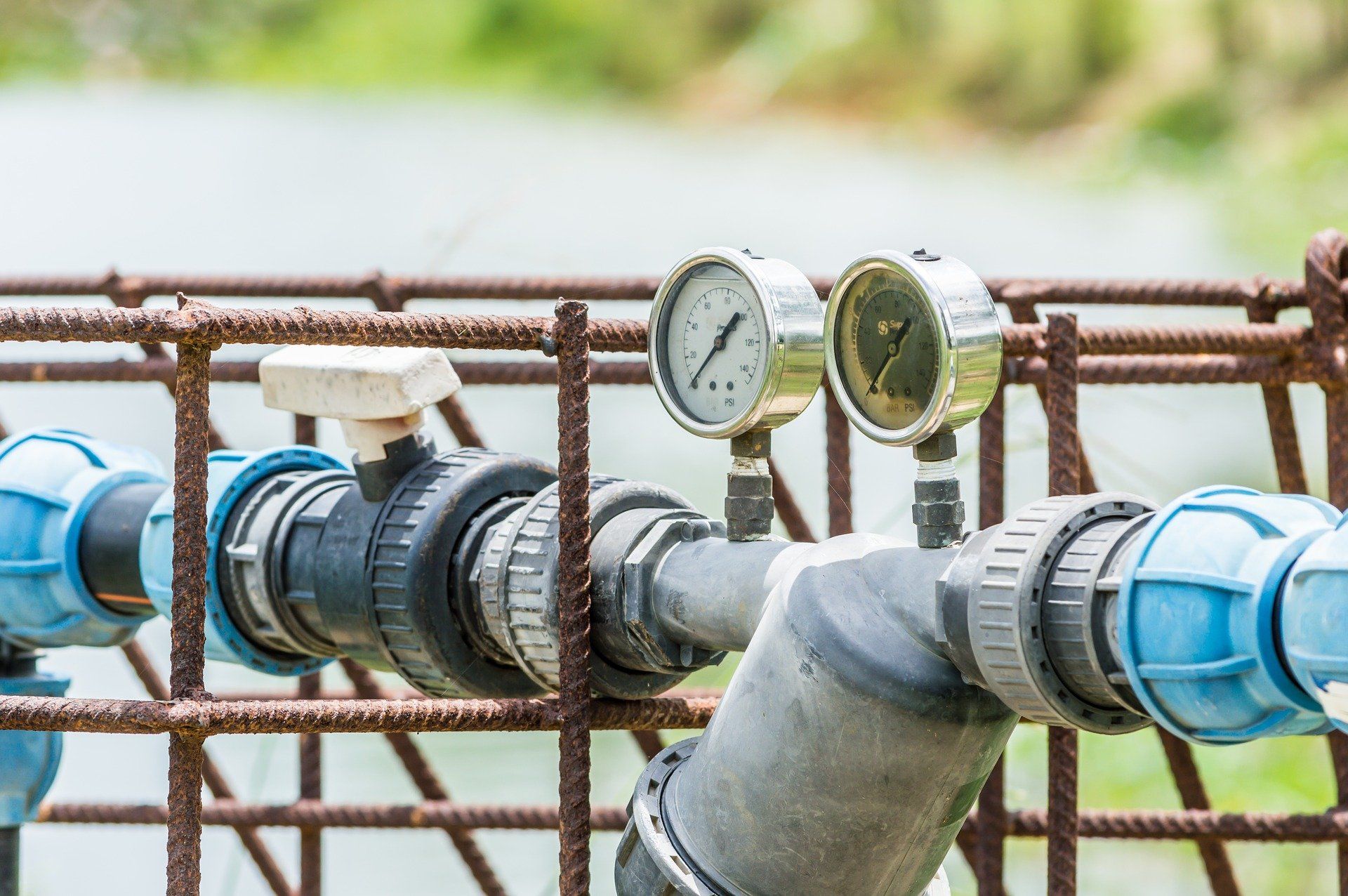Blog Layout
What is a backflow?
CT Fire Protection • Jul 11, 2019
Pipes, pipes, and more pipes
We all know that it takes lots of pressure to get water flowing through city pipes. That water sitting in the reservoir has to make it's way some 50 miles before it reaches your kitchen sink. Turn on the water to fill up a glass, and the pressurized water makes its way from the main source, up through a vertical pipe, and down through the faucet.
When you turn off the water, that pressure is still flowing down the main pipe to your neighbors. The pressurized water inside the vertical pipe will then flow back into the main pipe, and on to the next house. If there is water high enough up to reach the faucet when the flow stops, that water will be sucked back up the faucet and down to the main source.
This sink has a backflow prevention system, it just isn't very noticeable unless you know what you're looking for. Each sink has a line where the water buildup either drains or overflows; the purpose of this is so that the water inside the sink can't reach the faucet.
Backflow is the unwanted reversal of the flow of non-potable water into the piping of a public water system. A backflow preventer is a system that keeps the water from flowing back into the clean supply.
If the water were able to reach the faucet, there would be a chance of contaminating the main pipe that runs to the rest of your neighbors. This happens when there is a loss of pressure in the pipe leading up to the sink. If you put a bucket in your kitchen sink, and the water reaches the faucet, when it is shut off the water from the bucket will then be sucked back into the pipe it came from.
That water will run out of the house and back down to the main supply which continues pumping water to the rest of the street. This isn't the only instance where back-flow may occur; it is a serious risk to a city's water supply and that's why only technicians with a plumbing license may serve them.
Back-flows keep chemicals out of your water
Ever think gardening might be a risk to the population? Before irrigation laws, they probably didn't either. It takes good soil to grow healthy plants, and good soil requires nitrogen. Nitrates and nitrites are the two forms of nitrogen generally found in fertilizer. They are both harmful to the water supply, and that's why irrigation systems are required to have a back-flow preventer.
Back-flow preventers are most often found in the commercial sector, with businesses like restaurants, hotels, and factories. Each poses a risk to the local water supply because of their potential contaminants; bleach, bacteria, and oil are all prime examples.
States typically have laws on the prevention of cross-contamination. To make sure that the water supply remains safe, local fire departments require that businesses have their backflow preventer tested annually.

By CT Fire Protection
•
03 Jul, 2019
There are a variety of factors that a business must prepare for to protect its property. According to the NFPA, each year more than 3,000 commercial properties are set ablaze. The majority of these fires take place in business offices and generally speaking most of those could have been prevented. You wouldn't think that one broken fire sprinkler could be the sole reason a property burns down, but a working one would be the reason a fire is put out in time. An old beaten down power cable, a distracted employee, or a flickering light. None immediately seem like they would be a hazard, but that's where it leads. It's just a small flame at first, but it spreads. In a room with functional fire safety, the flame is put out in seconds and not too much damage is done. In a room where the sprinkler head is malfunctioning, within 30 seconds that small flame has grown into a disaster. Everything ablaze this loss will cost the company a fortune in repairs. That small risk of a fire is why local and national fire agencies require that all fire safety equipment be functional and up to date with the fire safety code. If they find a problem when they come out for the yearly inspection, they will give you a month to fix the problem or shut you out of business.

By CT Fire Protection
•
01 Jul, 2019
There are three separate stages of repairing broken fire safety equipment; there is the first stage which involves a certified technician to come out and inspect the damaged device(s), the second stage where a technician comes out with the parts to repair the equipment, and the last stage where a certified inspector ensures that the equipment is up to date with the local fire protection laws. All three of these stages can be completed through one company, or they can be contracted out separately. It is more cost-effective and less stressful on the individual business owner to go through one company which holds all proper licenses.
Fort Myers, FL
CT Fire Protection Inc.
11796-C Metro Pkwy.
Fort Myers, FL 33966
Phone:
239-694-2490
Fort Myers, FL 33966
24/7 Emergency Service
Get a Quote
Fort Myers, FL
CT Fire Protection Inc.
11796-C Metro Pkwy.
Fort Myers, FL 33966
Phone:
239-694-2490
Fort Myers, FL 33966
EC13007823
24/7 Emergency Service
Get a Quote
Privacy Policy
| Do Not Share My Information
| Conditions of Use
| Notice and Take Down Policy
| Website Accessibility Policy
© 2024
The content on this website is owned by us and our licensors. Do not copy any content (including images) without our consent.




